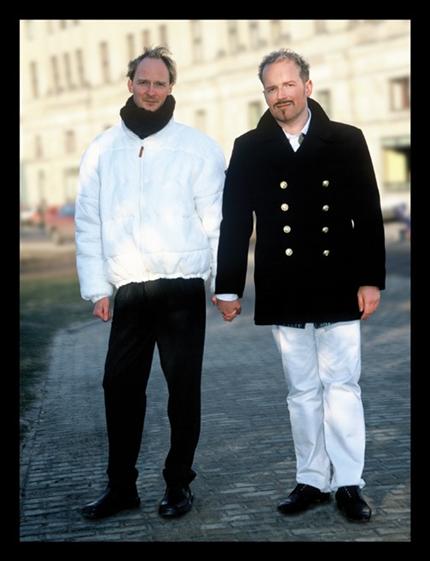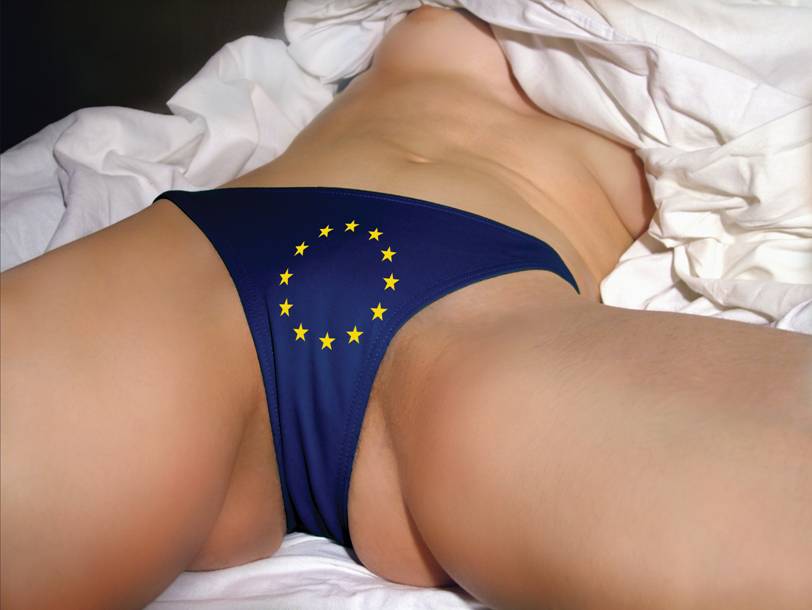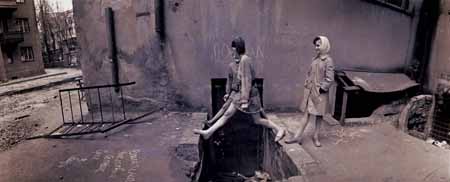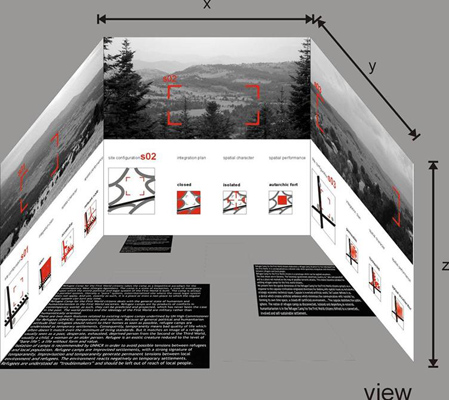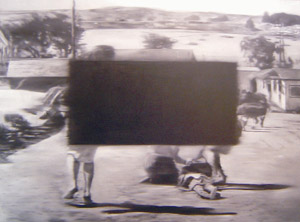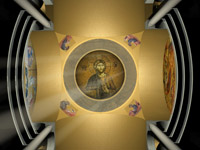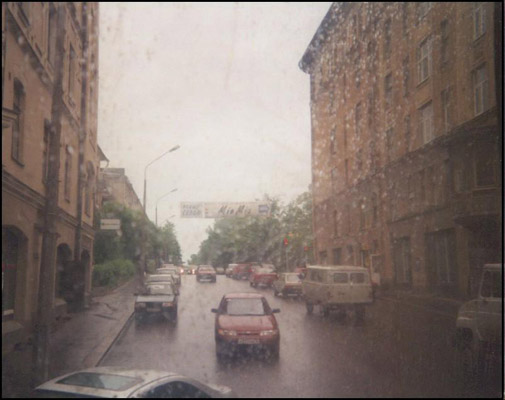The Queer Story of Polish Art and Subjectivity
“A new spectre is haunting Eastern Europe: the spectre of sexual and love dissidence.”Tomek Kitlinski, Pawel Leszkowicz, Love and Democracy. Reflections on the Homosexual Question in Poland, Aureus, Krakow, 2005, s. 290-291.
At the dawn of the new millennium, Poland and Eastern Europe face the task of discovering a new all-embracing culture, and of writing a new, affirmative history of diversified and plural stories of love and sexual identities and their cultural representations. After decades of censorship, discrimination, and homophobia, the time has come to discover the complex amorous subjectivity in Polish contemporary society and art.
To embrace such … Read more

